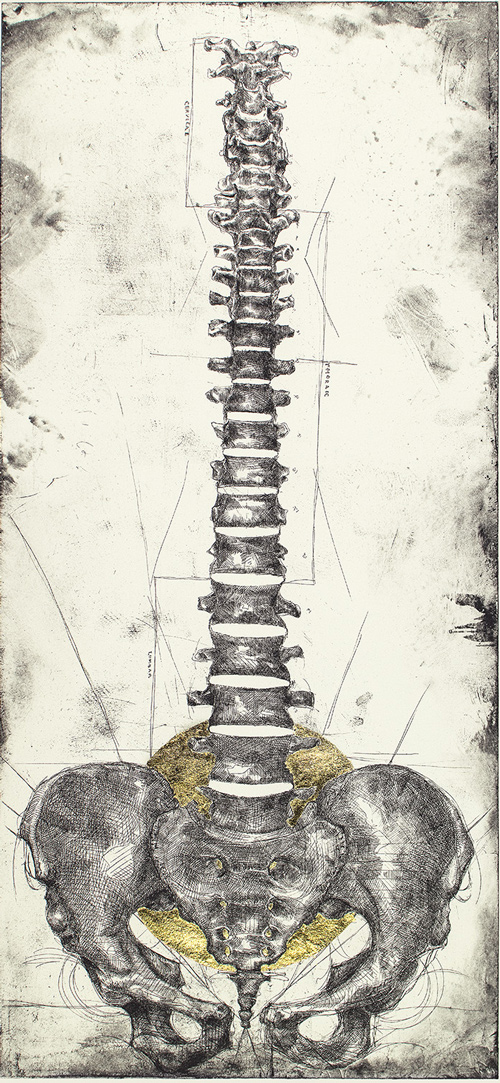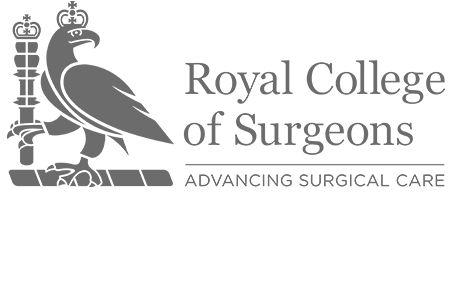Posterior Lumbar Fusion
The two main types of posterior lumbar fusion are a posterolateral fusion (PLF) or a transforaminal lumbar interbody fusion (TLIF). The fusion involves inserting pedicles screws, which connect up with rods. Bone graft is placed alongside the spine and with time, the body forms a solid bony bridge between the two vertebrae and this biological union supplements the mechanical bridge formed by the rods and screws. Sometimes an implant called a cage can be placed between the vertebra in the disc space and this will enable fusion to occur anteriorly between the vertebral bodies (TLIF). In addition, the cage can be used to restore the natural shape of the spine.
Patients are fitted with a urinary catheter and a wound drain is often used and local anaesthetic infiltrated into the soft tissues of the lower back.
Patients stay overnight in hospital. The drain is removed and an x-ray is performed for a final check of the implants prior to discharge home.
Post op care
A wound check will need to be performed at 2 weeks after the procedure. The wound should be kept dry until this time. Patients can return to work at 6 weeks for light office type work or 3 months for manual work. Generally patients are safe to drive by six weeks. Patients can gradually increase their level of activity from 6 weeks onwards. Non-steroidal anti-inflammatory drugs (NSAIDs) such as naproxen, diclofenac or ibuprofen should be avoided in the long term as they can interfere with biological fusion.
Surgical outcomes
All surgical procedures are recorded on the British Spine Registry (BSR). This includes pre- and post-operative clinical scores and a record of any surgical implants used.
Pre-operative clinical scores need to be completed prior to any procedure and can be downloaded here. You will be contacted directly by the BSR by email for your post-operative outcome scores at 6 weeks, 6 months, 1 year and 2 years after any procedure.






